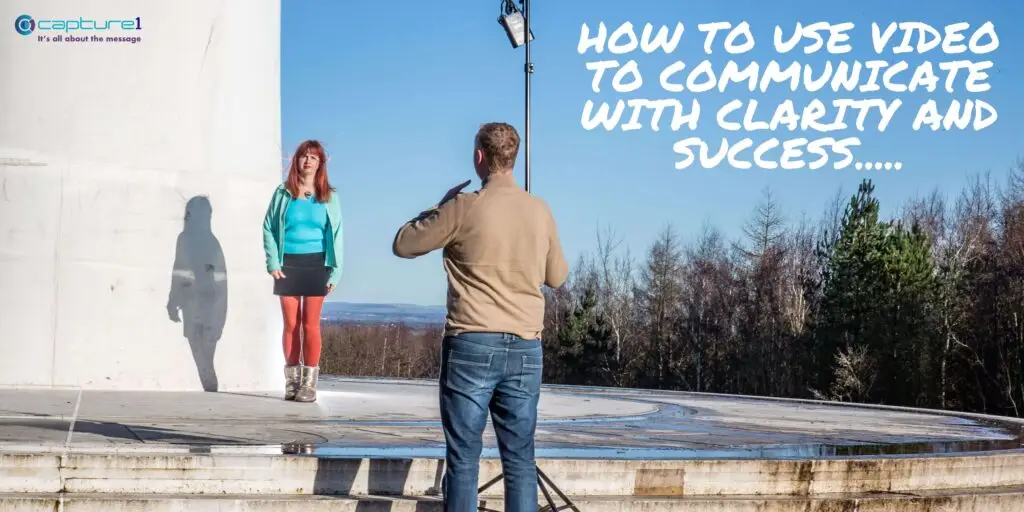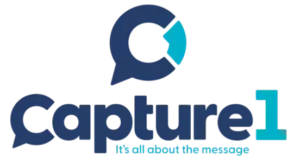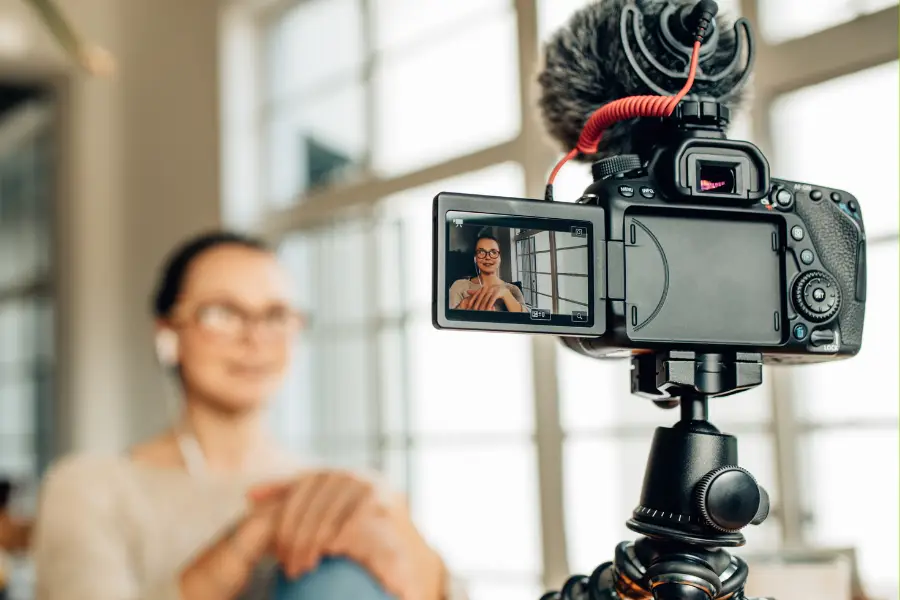How to use video to communicate with clarity and success

Take a look through your internet search history and you’ll probably find a few questions starting with ‘How to’.
Amongst my own recent searches are:
– How to fix a dripping coffee machine
– How to clean a fabric headboard, and
– How to prune a holly tree.
If you’re anything like me, in most of these situations, you’ll almost always click on the video result to learn how to do the thing you’ve searched for. I prefer to watch a video because the title tells me exactly what it promises to teach me and how long it’s going to take. The shorter the better! I have limited time and let’s face it, we all love a quick fix, don’t we?
Video content works brilliantly in a ‘How-to’ situation because it can take something seemingly complicated and break it down into simple, clear, achievable steps.
Challenges become easily resolved, often in less than a minute. This kind of video is practical, useful and helpful.
It’s all about the message
With more and more people turning to video content to learn and communicate, video has become an essential part of the marketing toolkit. On YouTube alone, people are watching over 1 billion hours of content every day, making it the second most popular search engine after Google.
On the downside this means there’s a whole lot of competition for certain subjects, themes and keywords. Being clear about your message has never been so important.
Video is ideal for communicating important or complex messages
With so many styles and formats to choose from, video is the ideal channel if you have complicated messages to share and need to do this in a clear, engaging way. Video allows you to break down key messages into smaller chunks and land them quickly and creatively.
There’s animation, fly-throughs, how-to’s, live action footage, case studies, personal presentations, demonstrations, montages, we could go on!
When we start to plan with clients, our golden rule is to start with the message. We explore how to summarise or simplify messages to meet your communication objectives.
Why is video so effective in communicating complex information?
Whether you’re an external marketeer or an internal communicator, video has an important role to play in your digital communications plan. Video can help you communicate complex messages clearly and effectively.
- Video is a really easy way to consume content
Video allows people to be in complete control of what they watch, learn and engage with. Generally, users choose when, where, how much and how long they watch, so they’re more alert and ready to take in information.
- Video can add interest to dull content
Communicating important but nonetheless dry content is always a challenge. Video presents us with a host of creative ways to make dry messages more interesting. We’re talking processes, procedures, and regulatory content here. Talk to us about the alternatives before you draft that email!
- Video captures hearts and minds
You can use video to spark ideas, motivate and build excitement; to explain, remind and educate.
When working with internal communicators, video usually forms a crucial part of knowledge sharing, training and development packages. It’s a great way to engage, build interest and vary the way training is delivered to land important messages with clarity.
The same applies to cultural change activity. Video is an effective way to introduce your company values and bring them to life, or to share a new brand and tell the story behind it. Tug at the heart strings or celebrate success with a lasting summary of a special event. The possibilities are infinite!
4.Video supports and reinforces learning
As we touched on above, video content can be used to break up training sessions, however it’s also successful in reinforcing small chunks of learning. According to US research, video actually improves people’s knowledge retention of new information by 83%.
Take employee inductions, they’re often long sessions with a lot to take in. Try creating short films to add interest and vary the content delivery format. How about a fly-through of your site and how to get around, animated health and safety guidance, a demo of how to use your security pass, or department specific training content.
- Video is inclusive
A key strength of video is its flexibility. One of the reasons video-based content is so widely consumed is it’s so easily adapted to a variety of audience needs. Subtitles, captions, transcription, translation, text sizes and colour combinations can all be changed to meet accessibility requirements and ensure everyone understands the key messages.
Then there’s diversity of content and the people you feature, which will naturally change depending on your audience and the message you’re communicating.
Discover how to share your messages using video
Defining your message is the first step in creating powerful, clear, engaging video communications. If you’d like to learn more, download our free eBook to discover our 9-stage approach to comms content creation and the golden rules we believe in.
To explore how we can help you to create video content with clarity and purpose, please contact us or book a discovery call.


